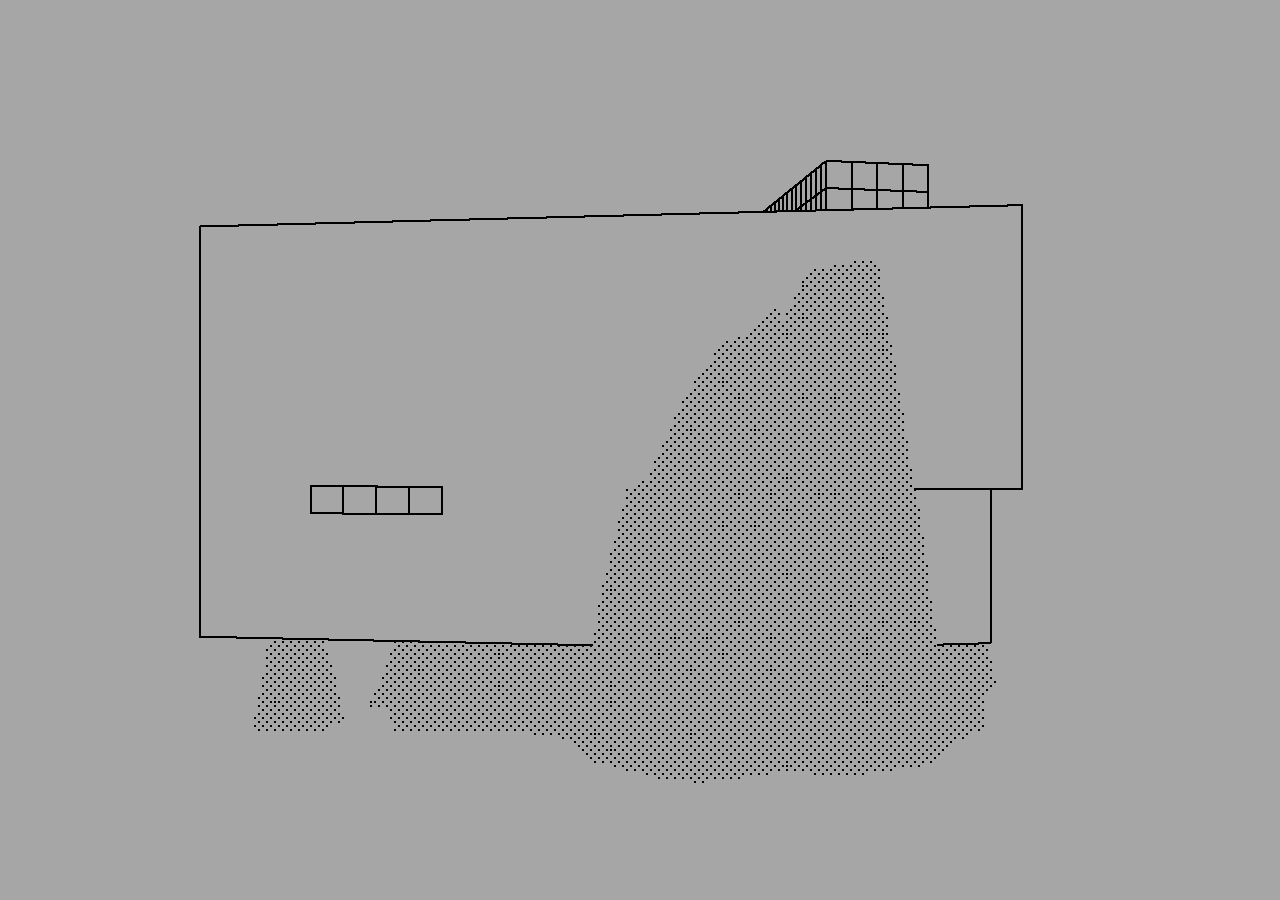Daniel Temkin & Sarah Groff Hennigh-Palermo
Two artists with critical approaches to computing discuss live-coding performance, esolangs, and programming's balance of chaos and control.

Nicolas Sassoon always had a passion for the pixelated look of computer graphics of the 1980s and ’90s. His art school teachers discouraged him from pursuing that aesthetic, but he realized that if he was going to dedicate himself to art, it was important to work on something he loved. Using isometric models to represent places and landscapes opened up a number of conceptual avenues, such as thinking about 3D renders in architecture as ways of creating desire. Sassoon’s use of an obsolete visual language has never been limited to references to the time period when it was current; instead, he’s interested in exploring its versatility. His “Islands” project, originally created in 2020 and remade for a release with Refraction DAO last year, takes the nostalgia associated with old computer graphics and redirects it toward another kind of nostalgia: for vacations, sunsets, and beautiful landscapes. Sassoon’s work may look generative, but it’s all made “by hand” in Photoshop, often by layering moiré patterns with hard-edged pixel lines. Most digital images soften pixels to the point of invisibility, but Sassoon’s emphasis on their inherent shape maximizes the potential of the screen’s materiality and optical effects.
